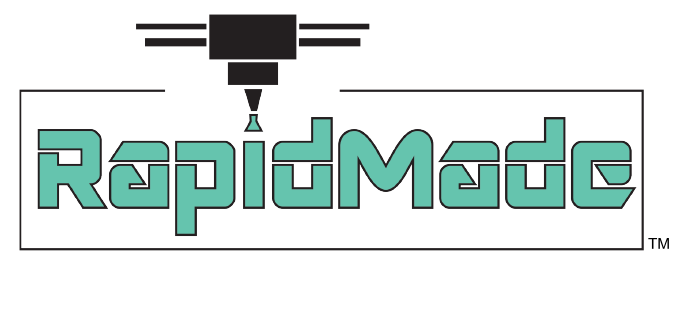Reconstructive Scientist scans son's face to 3D print a prosthesis for his dad (Photo Credit: 3Dprint.com)
Anyone who has experienced facial scarring can appreciate the pain and embarrassment that often accompanies the disfigurement, no matter how minor. After four relatively simple surgeries to reduce the scarring and improve the shape of my nose, I am still sensitive about how it looks - but then I read the following story in 3dprint.com which described the medical miracle of a man who got a new face - and lease on life - through 3D printing. To say it put things into perspective would be an understatement...
“Every year, thousands of individuals are left with terrible deformities due to their courageous battles against cancer. This was the case for a 74-year-old man named Keith Londsdale who had started his battle again cancer all the way back in 1990, undergoing 45 different procedures to save his life against a very aggressive form of basal cell carcinoma.
When all was said and done Londsdale’s life was spared. However, he was left without an upper jaw bone, cheekbones, his nose, and his palate, and in their place was a gaping hole. Without the ability to properly speak, eat or drink, doctors sought out a solution to make this brave man’s life as normal as possible.”
Until recently, most prostheses have been functionally or cosmetically lacking. (I remember a patient who had lost her lower jaw to disease, and she had a basic plastic cup that just sat where her jaw had been). Now, 3D scanning, modeling and printing are achieving lifelike results that closely match the recipient's existing features.
Keith Londsdale is one such beneficiary of medical additive manufacturing. His son, Scott, worked with Jason Watson, a Reconstructive Scientist at Nottinghams' Queen's Medical Center, to create a prosthetic that incorporated Scott's features to ensure a familial likeness.
“Watson had Scott come into the hospital where they 3D scanned his face. From the scans, a sophisticated computer algorithm created a 3D printable model, which the team at Queen’s Medical Centre was able to print out. Basically doctors now had a 3D printed physical replica of a portion of Scott’s face they then were able to copy in wax and create a mold from. From that mold they then created a silcone mask from Scott, which fit Keith’s face nearly perfectly.”
Imagine the day when such prostheses are bio printed using living skin cells.

